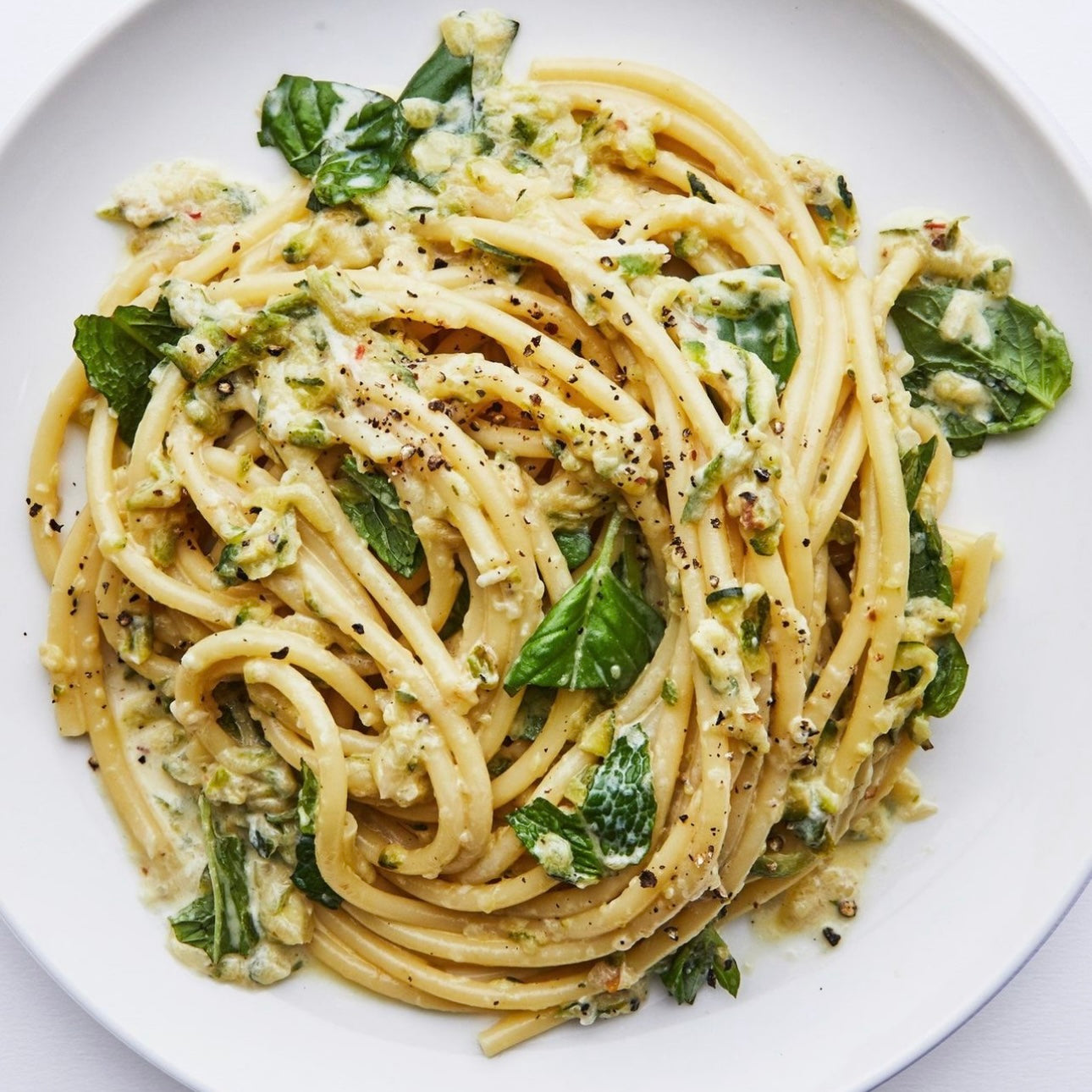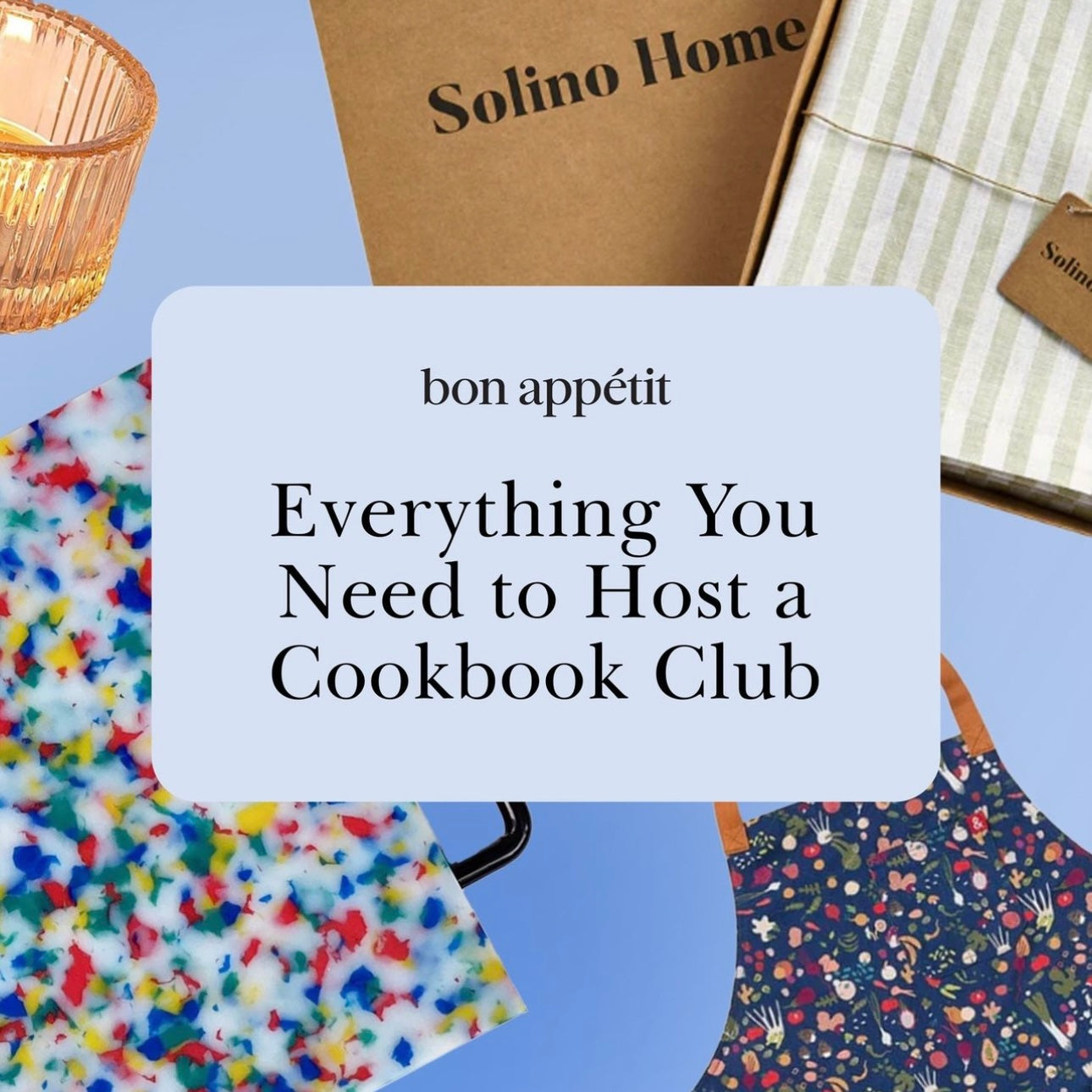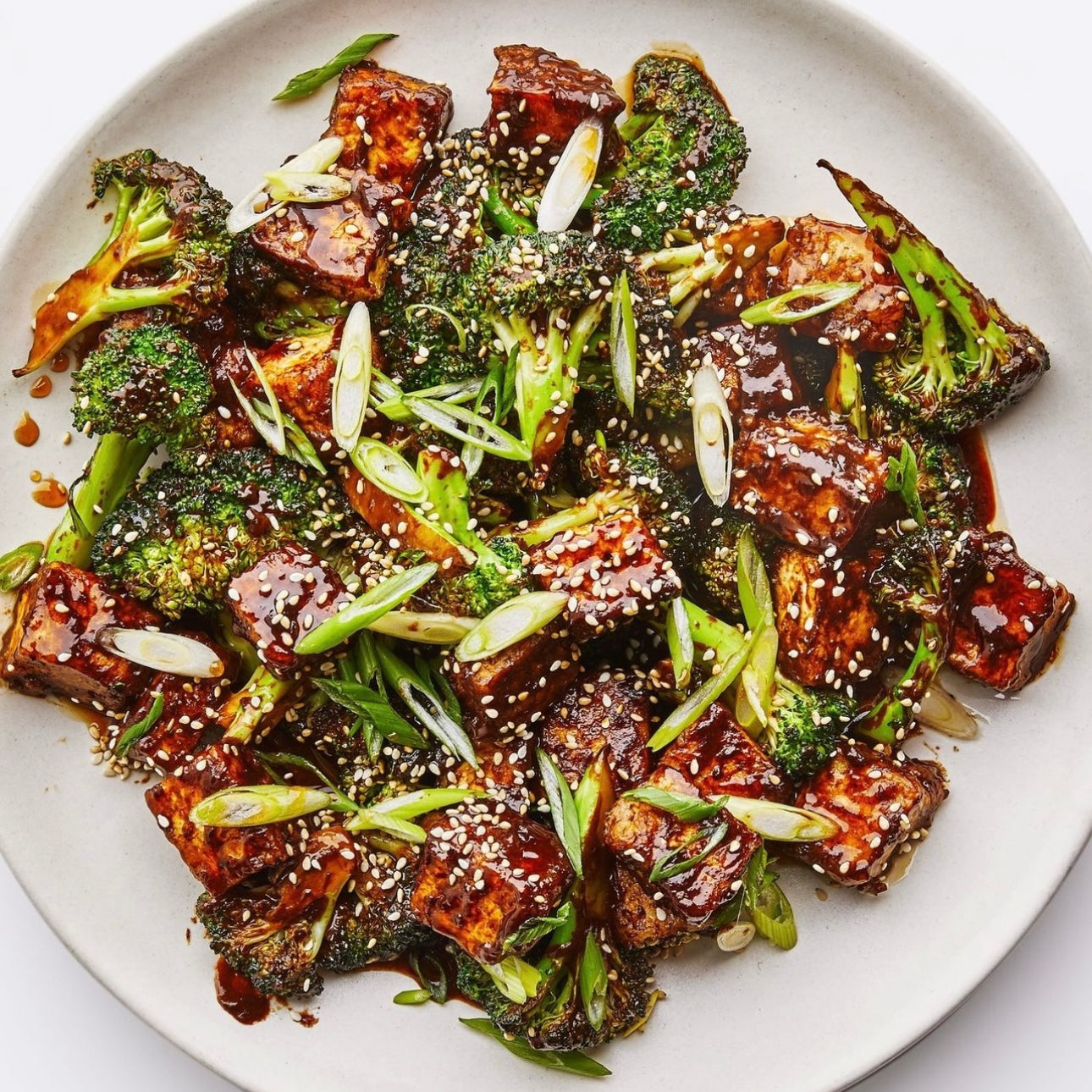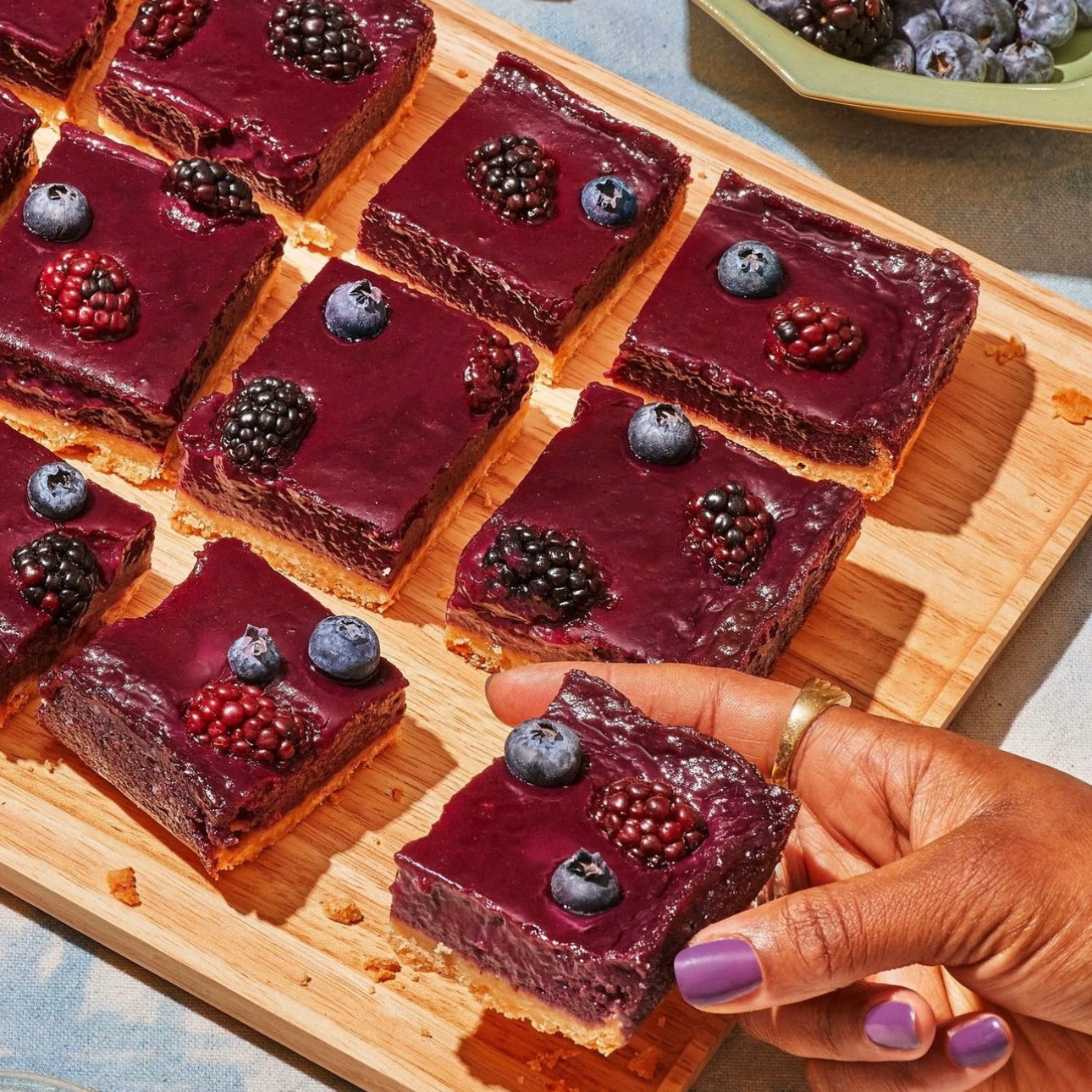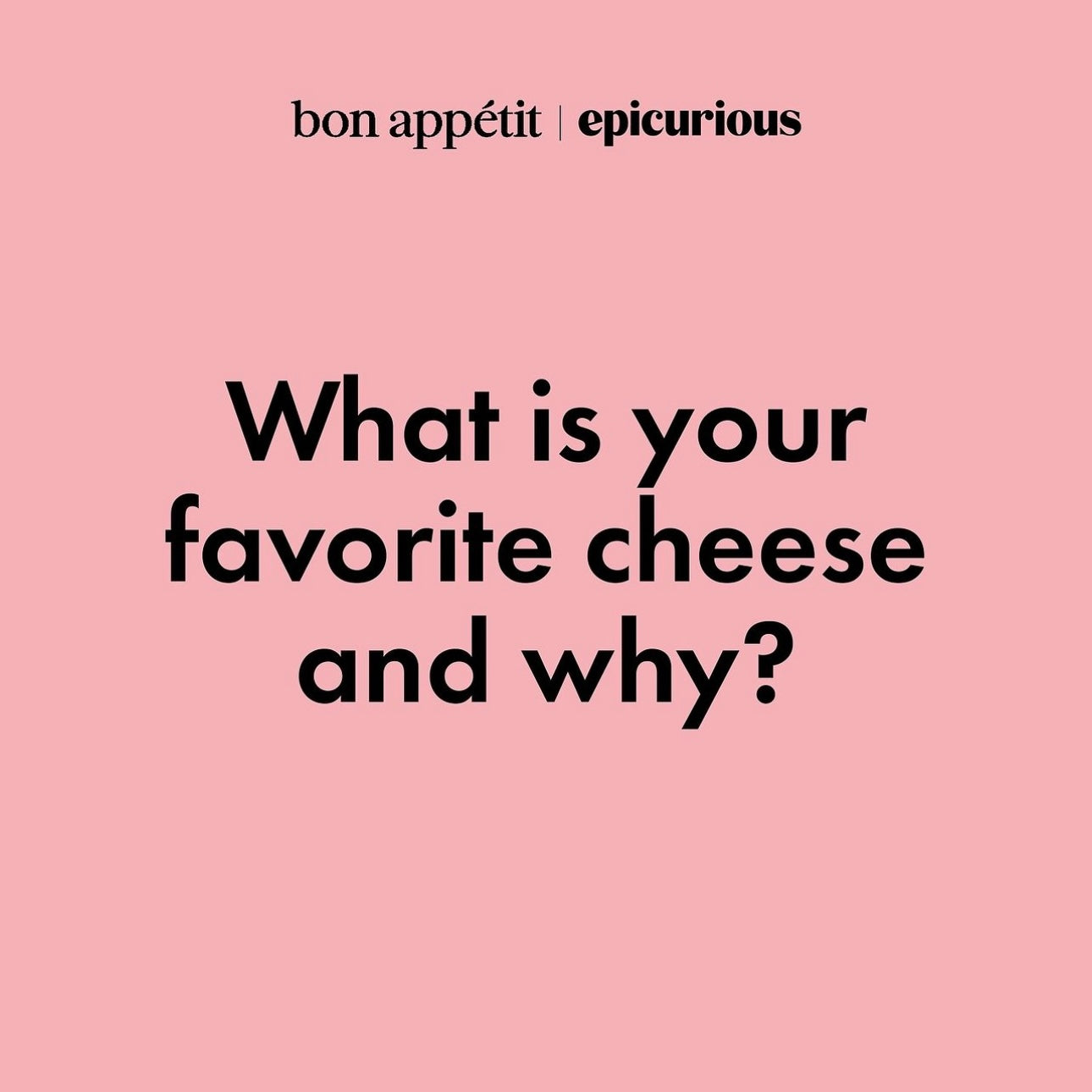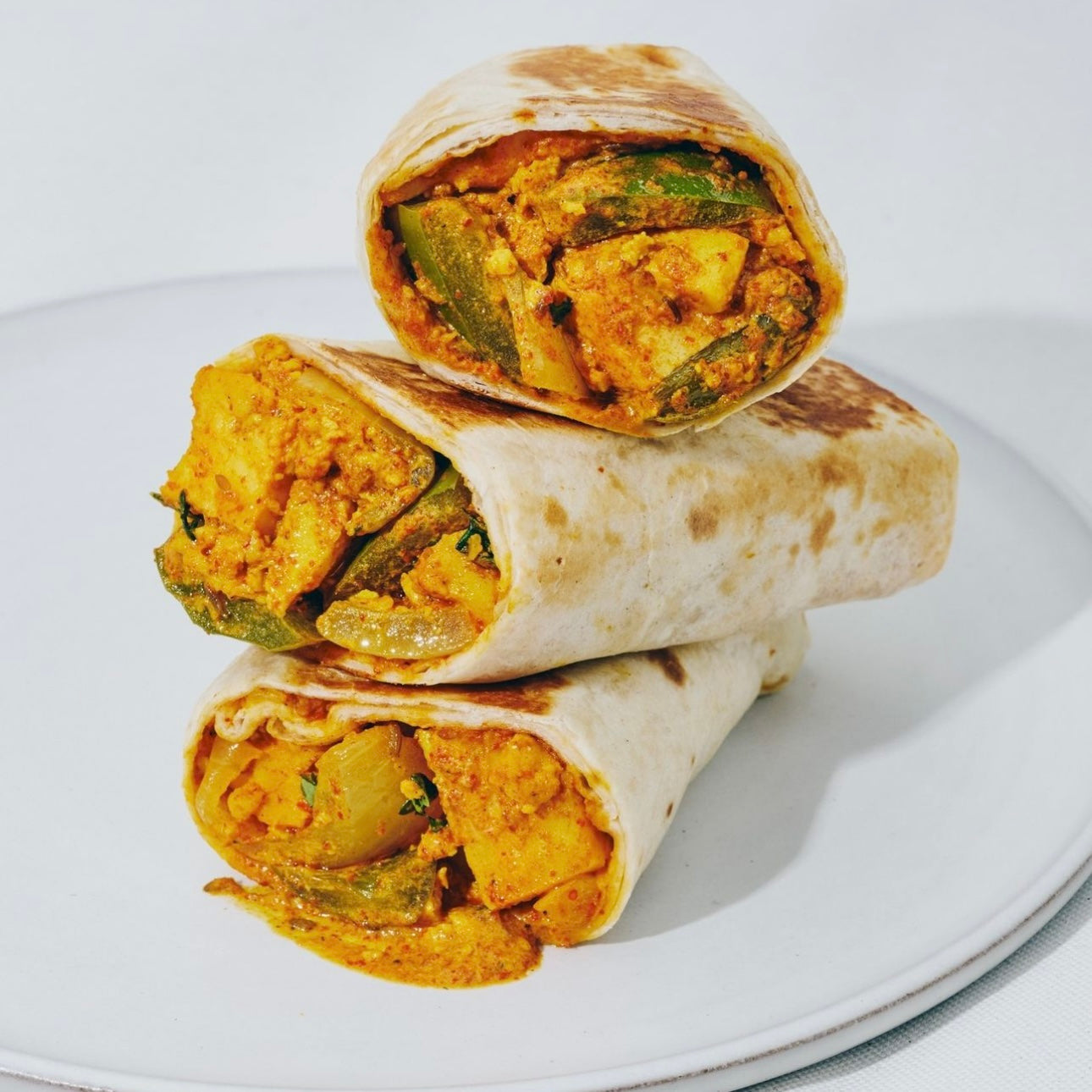If you bake a lot, you’re constantly doling out vanilla extract—a teaspoon in chocolate chip cookies one day, a tablespoon in vanilla ice cream base the next. But have you ever stopped to ask: Where does vanilla extract come from? Or, wait a minute, what even is vanilla? We’ve got answers for you—like, newsflash, vanilla beans aren’t beans at all—below. Let’s begin:
For starters, what is vanilla?
To understand vanilla extract, you’ve got to know the basics about vanilla. First off, a vanilla bean is no bean—it’s actually the fruit of orchids in the genus Vanilla. Those vanilla orchids only grow in a very small subsection of the world, with Madagascar producing a whopping 80%. Every step of the labor-intensive harvesting process—from the pollination to the harvest to the curing (that is, the transformation of fat green vanilla pods into skinny black beans)—is done by hand! For all of these reasons, the demand greatly exceeds the supply, hence vanilla’s standing as the world’s second most expensive spice (around $270 a lb.), behind saffron.
Whole vanilla beans are a splurge, so you’ll want to pick the plumpest, freshest ones available. Look for whole beans that are fat, shiny, and moist. While Madagascar produces approximately half of the world's crop, vanilla also comes from Mexico, French Polynesia, Uganda, China, and Indonesia, among other countries, and will have different flavor profiles depending on place of origin. Our test kitchen loves the incredibly fragrant and responsibly-harvested products from Heilala Vanilla, which come from the Kingdom of Tonga in the South Pacific.
But why is vanilla a prized addition? What does it bring to the table? The comforting flavors in vanilla (toasty, musky, floral, or even smoky and earthy) enhance nearly any dessert, making it endlessly versatile. Its caramelly richness makes warm, deep flavors—coffee, chocolate, hazelnut, brown butter, and cinnamon—cozier and bright flavors—like citrus, hibiscus, rosemary, and berry—sharper and more pronounced.
I have a vanilla bean. Now what do I do?
To get to the seeds of the bean, use a paring knife to make a slit down the pod’s length, leaving the bottom intact. Open the sides like shutters to expose the grainy insides. Pressing gently, drag the flat side of the knife down the pod, gathering the seeds as you go. Then you’re ready to drop it into whatever sweet treat you’re cooking up.
To store unused vanilla beans, wrap them up tightly in plastic wrap or reusable Bee's Wrap, and then place in an airtight container and refrigerate for up to six months.
Where does vanilla extract come from?
Vanilla extract—the kind that explicitly says “pure vanilla extract” on its label—is made by soaking vanilla beans in an alcohol solution to “extract” (get it?) all of their flavor compounds. According to the FDA, vanilla extract must be at least 35% alcohol with a minimum of 100 grams of vanilla beans per liter. When you’re shopping for high-quality extract, check the ingredients: It should only list vanilla beans, alcohol, and water, with no additives like sugar or artificial colors or flavors.
Or, make your own vanilla extract at home with just a few beans and high-proof liquor like bourbon, vodka, or rum. You can store extract, whether store-bought or homemade, in a cool, dark place almost indefinitely.
Where does imitation vanilla come from?
Ninety-nine percent of the world’s vanilla extract is fake imitation vanilla that’s not a product of the plant itself. Instead, it's flavored primarily with synthetic vanillin (a lab-produced version of the same chemical compound that occurs naturally in real vanilla). Typically labeled as “vanilla essence,” this artificial vanilla is usually derived from, uh, less-than-organic material (like petroleum). While it mimics vanilla’s smell, many would argue that it doesn’t come close to capturing all of the complex floral and woodsy notes that result from the myriad of other flavor compounds in true vanilla.
This isn't to say that imitation vanilla doesn't have a purpose! It’s the way more economical choice, and you might not even be able to detect it as an imposter in desserts that are packed with lots of other flavorful ingredients or in baked goods that spend a significant time in the oven. Some new-classic desserts—think confetti cake and Dunkaroos—rely on imitation vanilla for their distinct wallop of big vanilla flavor. The real extract can't accomplish the same job!
